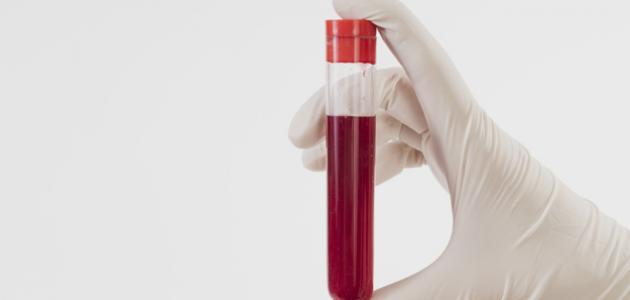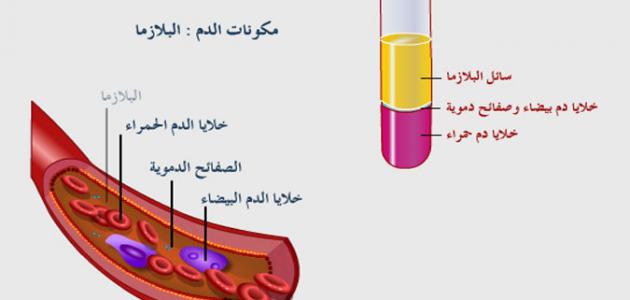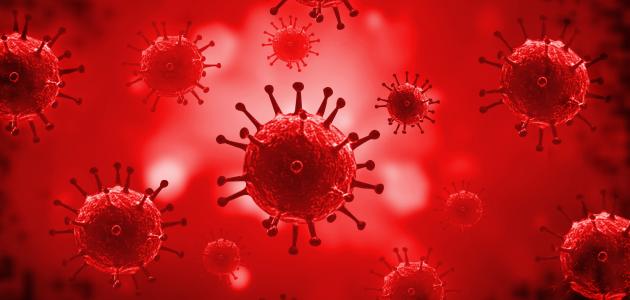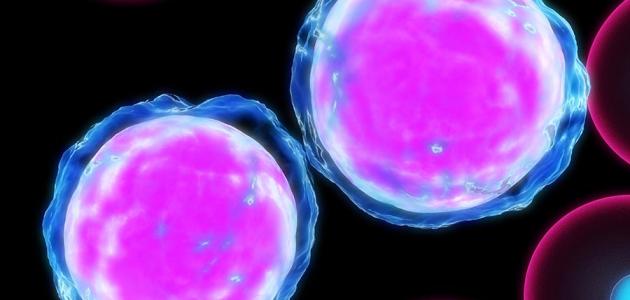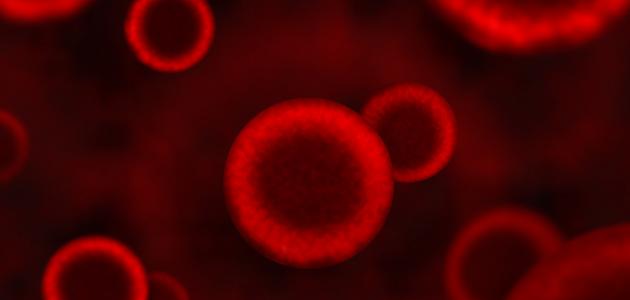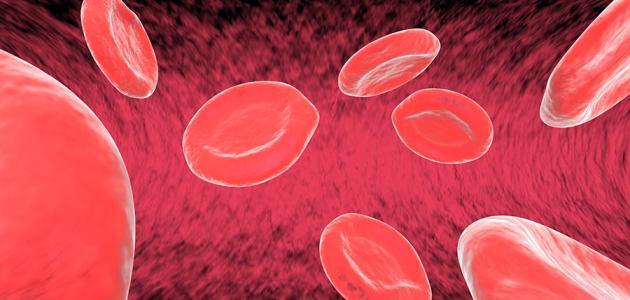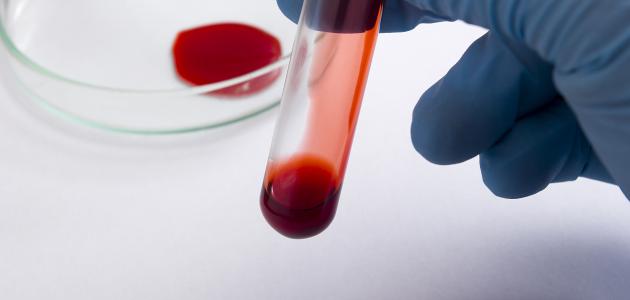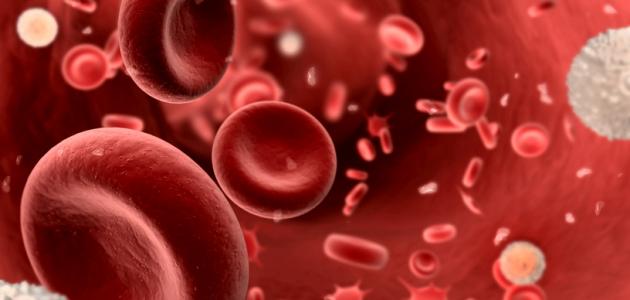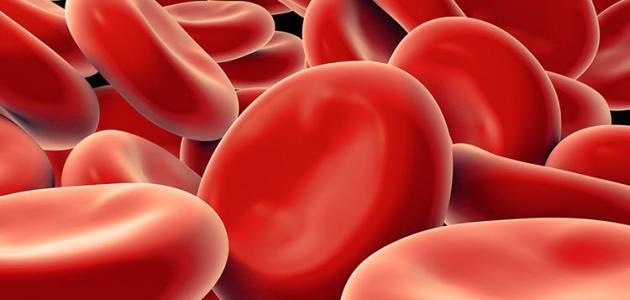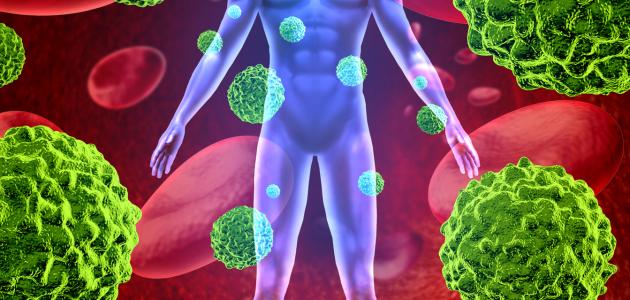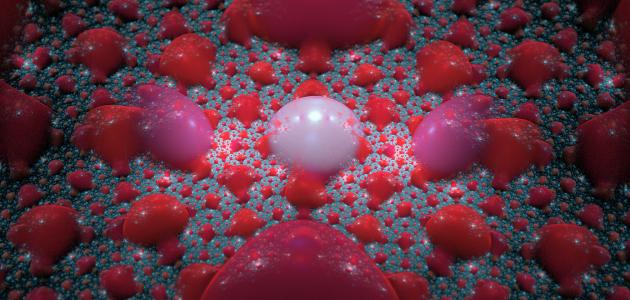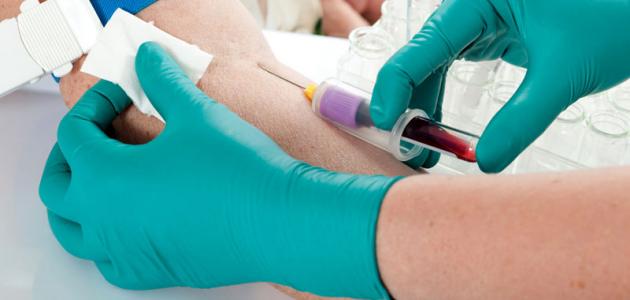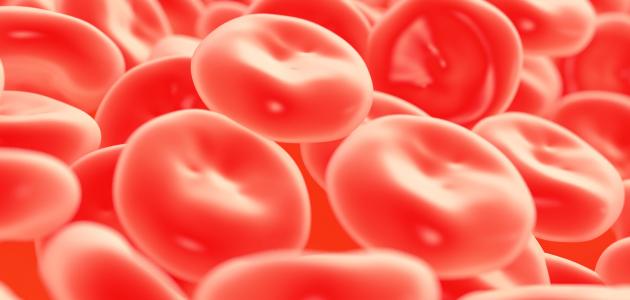the blood
Blood is a viscous liquid that blood vessels fill with, and it rushes through all the body parts as a result of the contraction of the heart muscle, and the blood moves oxygen from the lungs to the tissues, and it also transfers nutrients to cells in order to produce the energy needed for the body, and the blood consists of: plasma Red blood, white blood cells, and platelets, so in this article we will introduce you to the function of one of the main components of blood, which is platelets.
Blood platelets
They are cells, or flattened portions of the cytoplasm, with a diameter of approximately three nanometers, and have many shapes, and platelets do not include a nucleus or cellular muscles, and their annual age ranges from seven to ten days, and they have a high capacity for bonding and adhesion. With some of them, they play a necessary role in the process of blood clotting, and their number ranges between 150,000 and 400,000 per cubic mm.
Platelet function
The basic function of platelets is to stop bleeding through the formation of clots, or clots that stop blood rushing as a result of exposure to an injury, and it also secretes some necessary substances, such as adrenaline, histamine and serotonin, which play an important role in contractions that occur in blood vessels, in addition to their contribution to The process of phagocytosis by binding to the microbes that are ingested by the phagocytes.
It is possible to donate platelets to others, and the percentage of platelets that can be donated in the normal situation ranges between 200-400 milliliters, and the donation process takes approximately sixty minutes, and it occurs by drawing the blood from which platelets are extracted, then it is returned to the person again by a device Private medical.
It is possible for the platelet count to decrease in large quantities, accompanied by the appearance of a rash with red spots that is most often found on the feet and ankles, and this deficiency results in internal bleeding, such as stomach bleeding, or intracerebral hemorrhage, and the reason for this deficiency is due to the individual's injury With viruses, such as smallpox viruses, colds, or an imbalance in the immune system, taking medicines without consulting a doctor, or as a result of viral vaccinations.
blood types
In the past, specifically before the beginning of the twentieth century, it was believed that blood is only one type, and it is similar among all human beings. When there were attempts to transfer blood from healthy individuals to other patients, the sick person often died, and as a result, blood transfusion was prevented for a long time in Europe, And the situation remained that way until the Austrian scientist Karl Landsteiner discovered in 1902 AD blood antigens, after noticing the death of patients when blood was transferred to them, and the antigens were glycoproteins found on the surface of red blood cells, and later scientists divided the blood types into four sections, namely : A, B, AB, O.
